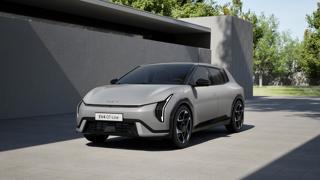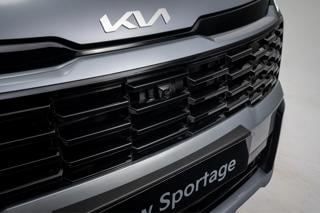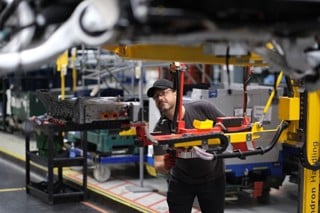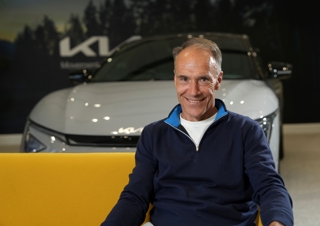“We don’t push high discounts so that precludes us from limited marque fleets,” Cole says.
“So we don’t have many high volume blue-chip brands now.”
It’s likely that the new Ceed will start to drift into those markets, though, and Cole concedes that he may need to loosen the purse strings to win volume deals.
So what is his view on how Kia’s price increases will affect its aspirations in fleet?
“Higher equipment levels and improvements in technology and quality will take prices up but we have to ensure it is reflected in higher residual values as well for a competitive leasing rate and running costs,” he says.
“Every car we’ve launched in the last two years has been better and had a higher price and each has sold more than the outgoing car.”
Cole adds: “We are a quality value for money brand – we are not a budget brand or a ‘cheap’ brand.
"From buying to running to servicing, it’s all about value for money motoring but without compromising on quality or design.”
Aftersales support to be improved
Kia recognises the need to step up its game when it comes to aftersales support for fleets.
It doesn’t currently have a national service programme, but this is part of its future plans.
The question being asked, says Cole, is: “How do we need to adapt to provide this provision to support larger fleet deals?”
He is also keen to keep a greater proportion of servicing work within the retail network.
Levels aren’t tracked although he believes dealers are “doing OK”.
“But we recognise there are fleets and leasing companies that are putting work into independents – we want to address that,” he adds.
Part of the solution is getting dealers to understand the importance of fleet servicing – “it’s an important part of their business from a profit point of view”, Cole says.
Kia has a Care-3 servicing package for retail customers and it is looking at whether a similar initiative could
be introduced for the corporate market.
The threat from China and India
The old adage goes: it took the Japanese manufacturers 20 years to establish a firm footing in the UK. The Koreans took 10 years. The Chinese will take five years.
Benny Oeyen says Kia is aware of the threat posed by new entrants. It is, he says, one reason why it has been so keen to move out of the budget sector.
However, while he concedes that it is “a question of when, not if”, he believes it will still take some time before Chinese manufacturers look towards Europe in real earnest.
“It’s easier for them to sell domestically now because of the different rules on crash testing and quality so if their market continues to grow there’s more opportunity for them at home,” Oeyen says.
“But they will look to expand and we have to be ready by then.”





















Login to comment
Comments
No comments have been made yet.